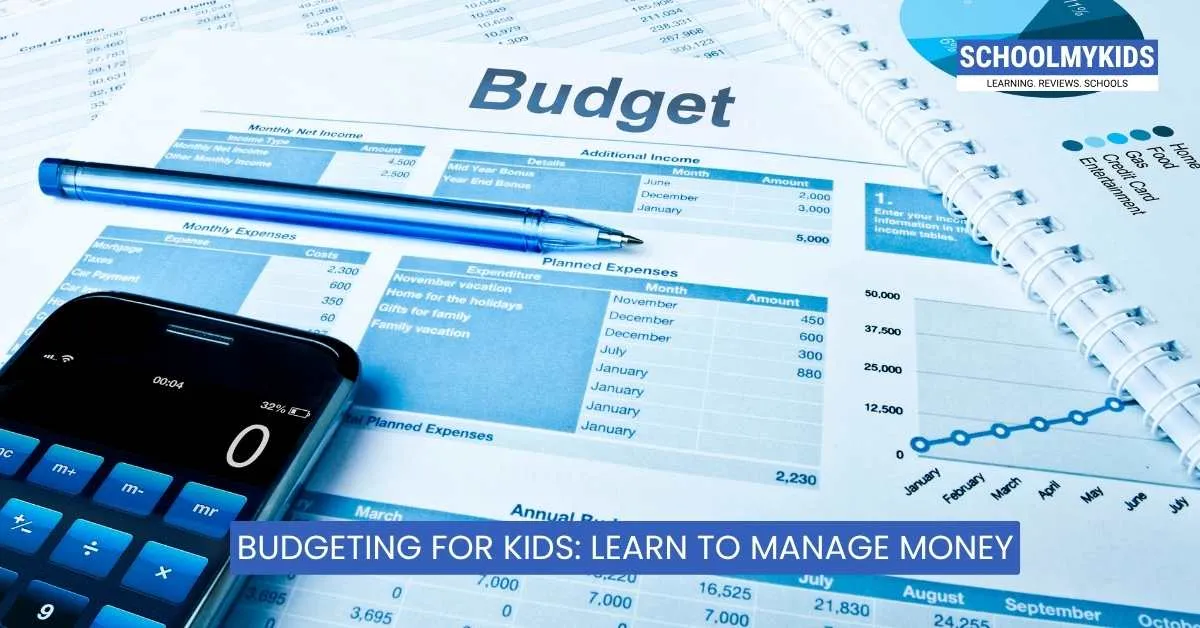In an age where money is often just a tap on a screen, teaching children its true value is more important than ever. The shift from physical cash to digital payments can make finances seem abstract, but the principles of managing money remain a critical life skill. Laying a strong foundation of financial literacy early on can empower your children, helping them grow into responsible and confident adults. This guide offers a practical starting point for parents in India to introduce their kids to the world of budgeting.
The Value of Starting Young
Early lessons in money management go far beyond just counting coins. They teach children about patience, discipline, and the difference between what they want now and what they need for the future. When a child learns to handle a small amount of pocket money, they gain a sense of independence and begin to understand that resources are finite. These foundational experiences help build healthy financial habits that can prevent debt and stress later in life.
The Three-Jar Method: A Simple and Visual Approach
For young children, one of the best ways to introduce budgeting is with a hands-on, visual system. The three-jar method is a time-tested technique that clearly separates money into different purposes. You can use simple glass jars, cardboard boxes, or traditional Indian gullaks (earthen piggy banks).
Label your three containers clearly:
- SPEND: This holds money for immediate, small purchases. It could be for a favourite snack, a comic book, or a small toy. This jar teaches children that spending is a part of life, but it must be done within limits.
- SAVE: This jar is for medium to long-term goals. It’s the money they set aside for something bigger they desire, like a new cricket bat, a video game, or a special outfit for a festival. The SAVE jar is a powerful tool for teaching patience and the rewards of delayed gratification.
- GIVE: This container is for money intended to help others. It could be used to donate to a local charity, buy a small gift for a family member, or help someone in need. The GIVE jar instills a sense of generosity and community responsibility.

How to Put It Into Practice
1. Introduce Earning: First, help your child understand that money is earned. An allowance is an effective way to do this. You can provide a fixed weekly amount or link it to completing age-appropriate chores, such as watering plants, helping to set the dinner table, or organizing their toys. This creates a clear connection between effort and reward.
2. Set Up the System: Together Make setting up the jars a fun activity. Let your child decorate their containers to give them a sense of ownership over the process. This hands-on involvement is key to keeping them engaged.
3. Divide the Allowance: Each time your child receives their allowance, make it a ritual to sit down and divide the money among the three jars. Guide them on percentages—for instance, 50% in SPEND, 40% in SAVE, and 10% in GIVE is a common starting point. Let them physically put the money in the jars themselves.
4. Define a Savings Goal: The SAVE jar is most powerful when it’s linked to a tangible goal. Talk with your child about what they truly want to save for. Write the goal on a slip of paper and tape it to the jar. This visual cue acts as a constant motivator and makes the goal feel more achievable.
5. Guide Their Choices: When your child wants to buy something, ask the simple question, "Which jar will that come from?" If their SPEND jar is empty, it’s important to let them experience that natural limit. Resisting the urge to give them extra money teaches a valuable lesson about planning and the consequences of their spending decisions.
Adapting for Older Kids
As children enter their teenage years, you can evolve the system to keep it relevant:
- From Jars to Journals: Transition from physical jars to a simple notebook or a budgeting app where they can track income and expenses.
- Introducing Banks: This is the perfect age to help them open their first bank account. You can teach them how to use a debit card responsibly and understand a bank statement.
- Discussing Digital Money: Talk openly about UPI and online spending. Emphasize that digital transactions are real money leaving their account.
- Needs vs. Wants: Engage in more mature conversations about financial priorities, helping them distinguish between essential needs and discretionary wants.
Teaching your children to manage money is an ongoing conversation, not a one-time lesson. By starting with simple, practical tools and being consistent, you provide them with the knowledge and confidence they need to build a secure and independent future.









Be the first one to comment on this story.